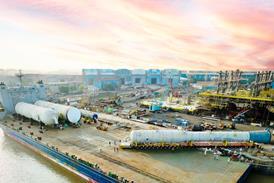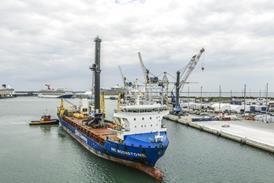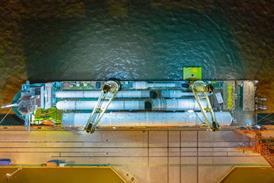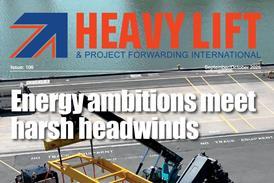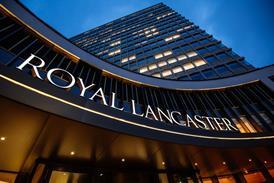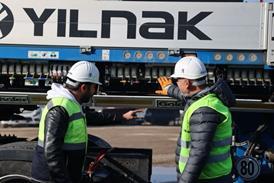In the first six months of 2025, the total throughput of port of Antwerp-Bruges was 137.2 million tonnes, a decrease of 4.3 percent compared to the same period last year. Conventional general cargo traffic also came under pressure.
Conventional general cargo at the port of Antwerp-Bruges declined by 4.3 percent, particularly due to weaker steel and iron traffic. Tightened European import restrictions on cheap foreign steel and China’s planned reduction of steel overcapacity may stabilise the European steel market in the longer term, said the port. Ro-ro traffic edged up by 1.4 percent; although fewer new cars were shipped, this was offset by growth in truck, high and heavy equipment, and second-hand vehicle volumes.
The port said that container traffic held up well, increasing by 3.6 percent in tonnage (to 77 million tonnes) and 3.7 percent in teu (6.91 million) compared to H1 2024. However, persistent congestion puts terminal capacity under heavy strain. It said that several factors are contributing to current congestion. Container ship arrivals remain irregular due to disruptions dating back to the pandemic, which has been further exacerbated by rerouting around the Cape of Good Hope to avoid the Red Sea. The recent reshuffling of container alliances has temporarily led to simultaneous vessel calls and high cargo volumes. Poor schedule reliability is complicating terminal planning.
As a result, average dwell times have increased to seven to eight days, compared to the usual five days. The port said that while waterside congestion and the associated waiting times for vessels remains currently relatively limited, the landside impact on terminals is critical and additional space for container handling is necessary. The Extra Container Capacity Antwerp (ECA) project aims to address this, through the construction of a new dock and more efficient use of existing space.
Jacques Vandermeiren, ceo at the port of Antwerp-Bruges, said: “In a challenging economic climate, we continue to demonstrate our resilience as a port. The growth in container traffic proves the strong foundations of port of Antwerp-Bruges, even as bulk traffic comes under pressure and congestion is felt across North-West Europe.” Liquid bulk and dry bulk volumes were down 17.1 percent and 11 percent, respectively.

